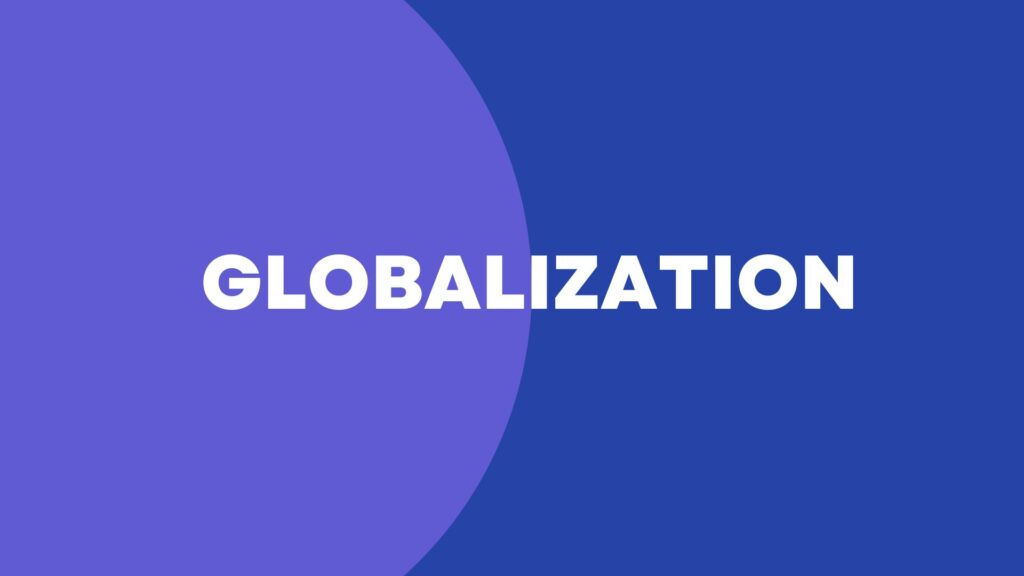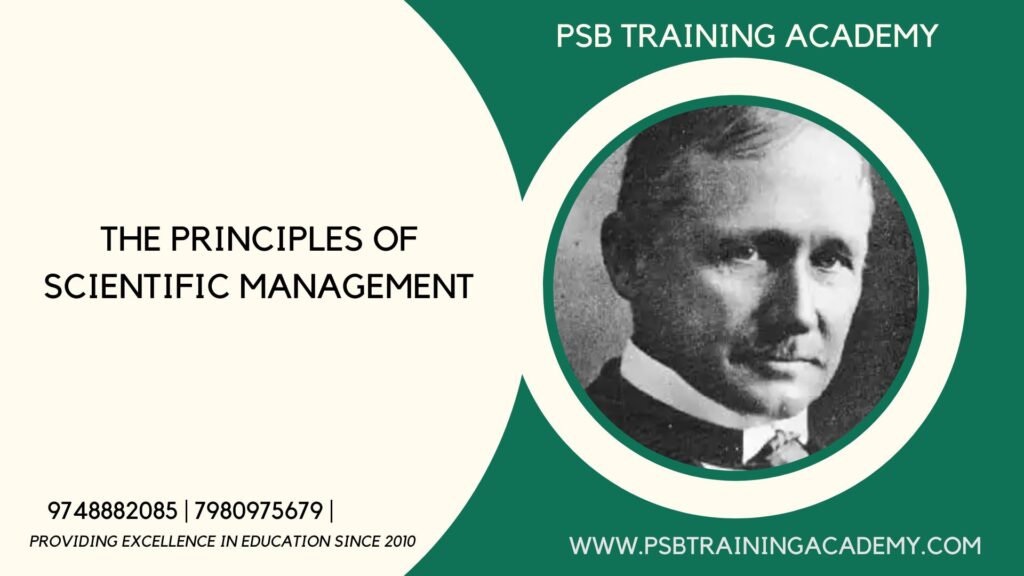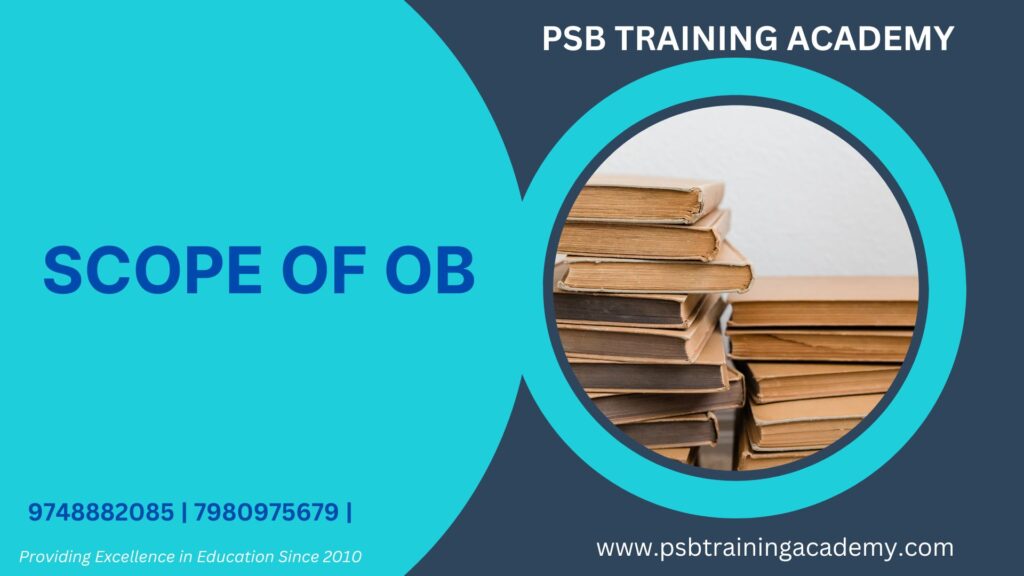Fostering Diversity: Racial and Gender Equality in the Workplace
Understanding the Landscape 1. The Changing Face of the Workforce The demographics of the workforce have evolved dramatically over the years. Women, once relegated to a limited scope of roles, now play pivotal roles in various industries. Similarly, racial and ethnic diversity have become defining characteristics of many workplaces, reflecting a globalized and interconnected world. …
Fostering Diversity: Racial and Gender Equality in the Workplace Read More »




